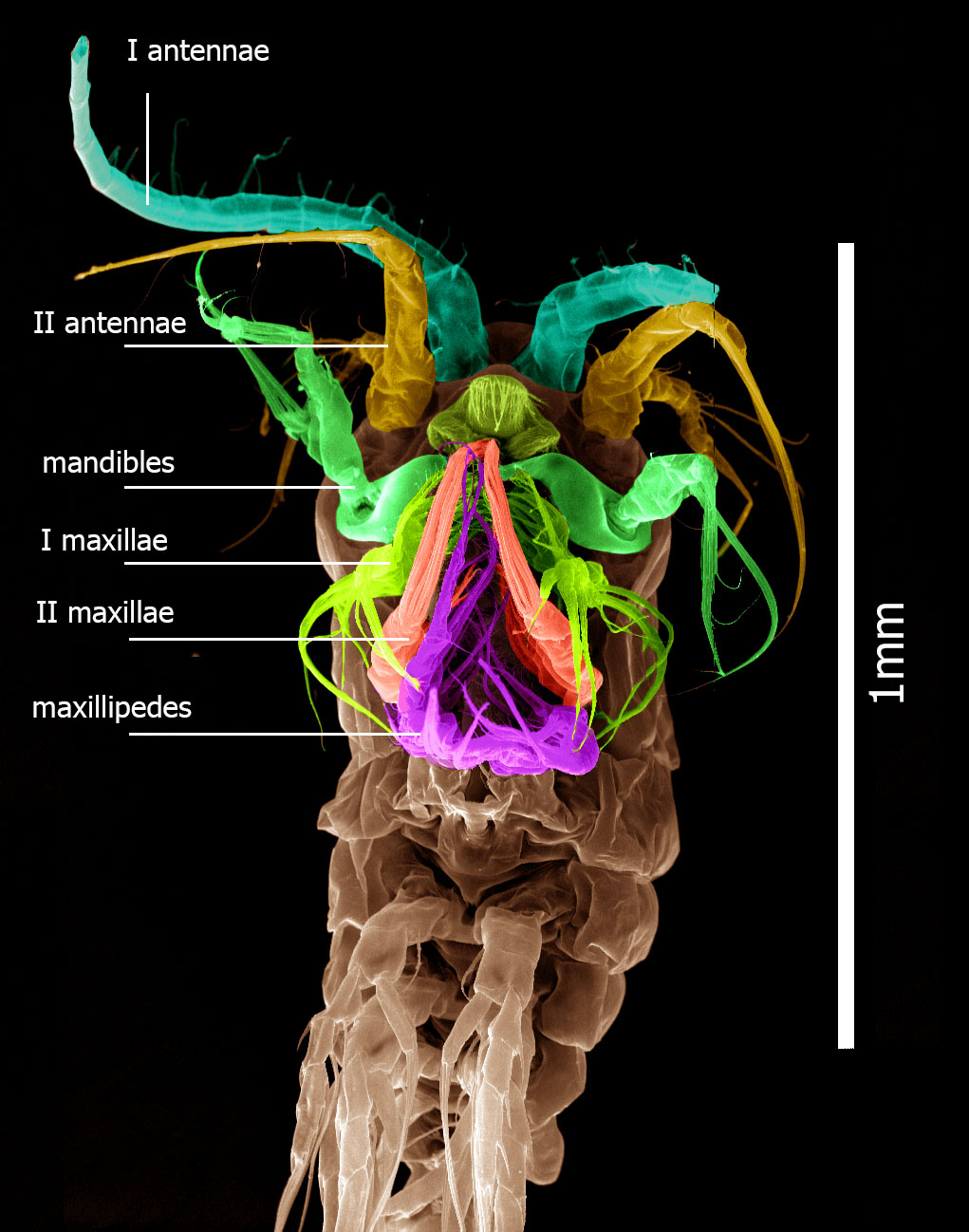Epischura baikalensis on:
[Wikipedia]
[Google]
[Amazon]
 ''Epischurella baikalensis'' (previously ''Epischura baikalensis'') is a species of copepod in family Temoridae. It is
''Epischurella baikalensis'' (previously ''Epischura baikalensis'') is a species of copepod in family Temoridae. It is
 ''Epischurella baikalensis'' (previously ''Epischura baikalensis'') is a species of copepod in family Temoridae. It is
''Epischurella baikalensis'' (previously ''Epischura baikalensis'') is a species of copepod in family Temoridae. It is endemic
Endemism is the state of a species being found in a single defined geographic location, such as an island, state, nation, country or other defined zone; organisms that are indigenous to a place are not endemic to it if they are also found else ...
to Lake Baikal, being the dominant zooplankton
Zooplankton are the animal component of the planktonic community ("zoo" comes from the Greek word for ''animal''). Plankton are aquatic organisms that are unable to swim effectively against currents, and consequently drift or are carried along by ...
species there: 80%–90% of total biomass. It measures .
''Epischurella baikalensis'' inhabits the entire water column
A water column is a conceptual column of water from the surface of a sea, river or lake to the bottom sediment.Munson, B.H., Axler, R., Hagley C., Host G., Merrick G., Richards C. (2004).Glossary. ''Water on the Web''. University of Minnesota-D ...
, and produces two generations per year: the winter–spring and the summer. These copepods develop under different ecological conditions and vary in the duration of life stages, reproduction time, maturation of sex products and adult males and females lifespan. The total life period of the animals from each generation is one year. One female can produce 10 egg sacs every 10–20 days during its lifetime. The ratio of males and females is 1:1. One of the most essential features of the ecology of ''E. baikalensis'' is the alteration of its mass inhabited areas during a year, as well as in day time. This is due to the need for various conditions for gonad maturation, reproduction, nourishing and protection from being consumed by planktivores.
It is the ''Epischurella baikalensis'' which keeps Lake Baikal clean.
Taxonomy
"Epischura baicalensis" is a misnomer common in modern literature (e.g., 13 publications in WoS/Biological abstracts since 1989 vs. none for "Epischura baikalensis"). However, the original description (Sars, 1900) lists the species as Epischura baikalensis G.O.Sars, n. sp.. Recent genetic analyses of mtDNA loci resurrected ''Epischurella'' (Smirnov, 1936) as a proposed genus name, though the original Smirnov classification used ''Epischurella'' as a subgenus. TheIUCN Red List
The International Union for Conservation of Nature (IUCN) Red List of Threatened Species, also known as the IUCN Red List or Red Data Book, founded in 1964, is the world's most comprehensive inventory of the global conservation status of biol ...
has adopted this naming scheme, while other databases such as the World Register of Marine Species
The World Register of Marine Species (WoRMS) is a taxonomic database that aims to provide an authoritative and comprehensive list of names of marine organisms.
Content
The content of the registry is edited and maintained by scientific specialis ...
still use the ''Epischura'' combination.
References
Temoridae Freshwater crustaceans of Asia Invertebrates of Russia Crustaceans described in 1900 Fauna of Lake Baikal Endemic fauna of Russia Taxonomy articles created by Polbot {{copepod-stub